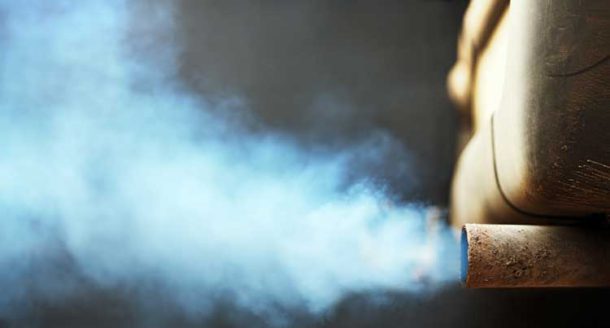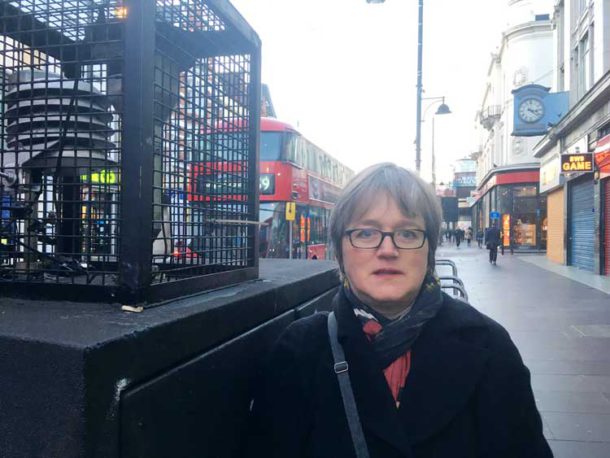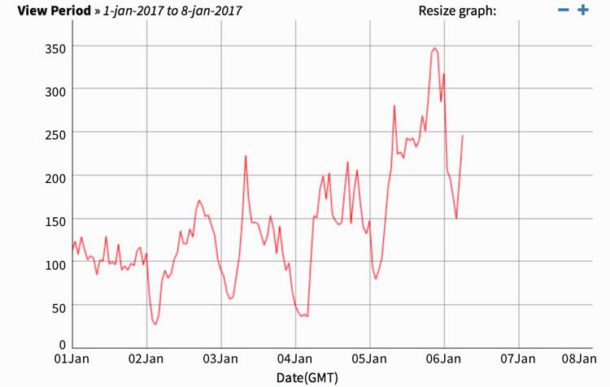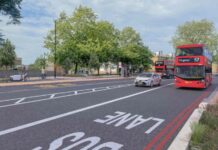 Clean Air in London said last night that pollution on Brixton Road may have set a “world record” for the number of times official pollution limits had been breached in a single day.
Clean Air in London said last night that pollution on Brixton Road may have set a “world record” for the number of times official pollution limits had been breached in a single day.
The organisation said the World Health Organisation guideline is for no human exposure to the dangerous gas nitrogen dioxide (NO2) over 200 micrograms per cubic metre (ug/m3) measured over one hour. The EU legal limit, also in UK law, is 18 hours in a calendar year.
The monitor in Brixton Road’s was the first in London to report 19 “exceedances” at 9pm on Thursday 5 January (and 21 by 11pm).
Simon Birkett, director of Clean Air in London, called for outdoor food and drink sales to be stopped in areas with such high levels of dangerous pollution.
Last night ClientEarcth, a group of campaigning lawyers, said pollution in Brixton Road was the highest in London.

London Assembly Green Party member Caroline Russell visited the Brixton Road monitoring point this morning. She said: “London must comply with nitrogen dioxide legal limits by 2020 at the very latest, people are already suffering the awful public health consequences of living in this dirty air.”
Clean Air for London said hourly NO2 concentrations reached had an “incredible” 347.7 ug/m3 in Brixton Road at 9pm on 5 January. Brixton Road’s “staggering 17 hourly exceedances in a single day could be a new world record for an official monitor,” it said.
Other London sites aslo recorded high levels of NO2, with hourly concentrations in Brompton Road and Neasden Lane of 375.2 ug/m3 at 8pm and 338.2 ug/m3 at 11pm respectively.
High levels of NO2 are expected to continue today.

Birkett said: “London’s air pollution is worse this year than last, taking just five instead of eight days to breach the nitrogen dioxide hourly limit value for the whole of 2017. This binding legal limit has been in legislation since 1999 to be met by January 2010.
“[London mayor] Sadiq Khan knows how to reduce NO2 – he’s reduced annual mean concentrations in Oxford Street by 36% between 2015 and 2016,” said Birkett.
So there was no excuse for letting annual mean NO2 increase in other parts of London.
The World Health Organisation said there should be no human exposure to more than 200 micrograms per cubic metre in any hour.
But, Birkett said, many places in London have dozens or hundreds of such exceedances every year.
“With diesel vehicles responsible for 90–95% of NO2 from vehicle exhaust, the only way to achieve full compliance with WHO guidelines is to ban diesel from the most polluted places, as four other world cities have pledged,” he went on.
“Sadiq should match them and go further by pledging to eliminate the burning of fossil fuels throughout London by 2025, starting with diesel by January 2020. It’ll be no harder than banning coal burning 60 years ago.
“When conditions are as bad as they were on Thursday, when Brixton Road suffered 17 hours of exceedances in one day, bus services should be suspended, drivers should be advised not to drive and pedestrians should be warned to avoid the area.
“We need to ban alfresco dining and the use of outdoor tables for cafés wherever and whenever the WHO guideline for hourly exposure could be breached. Emergency measures are needed.”
Scientists warned recently that people who live near busy roads are at higher risk of developing dementia than other people.












[…] £150,000 a year, is only one proposal that could affect motorists in Brixton which suffers dangerous levels of vehicle-generated pollution. There are also plans to introduce more controlled parking zones (CPZs) in the borough, raising a […]
Simon Birkett. Banning diesel by 2020 will be no harder than coal 60 years ago. Really? Coal wasn’t banned 60 years ago, it was a gradual process over many decades post war whereby people gradually had central heating installed and internal toilets and bathrooms built rather than the outdoor privy and tin bath. Coal merchants were still operating until the late 1970’s in some parts of the country. Is he really saying that in 3 years time diesel cars should be banned? What about the family who have just bought one recently and simply cannot afford another so soon. Stop the sale of diesel cars by 2020 but simply allow the volume on UK roads to decrease through gradual wear and tear abit like people buying an alternative to the coal fire by getting central heating. Next he states suspend bus services. So it is the individual who relies on buses or those who don’t have the luxury of cars to get around who suffer, he only advises car drivers not to drive. Next he warns pedestrians to avoid the area. That’s really helpful when you need to access that area to get home unless you go on a 10 mile hike/divert. The Clean Air in London need better solutions other than those aimed at pedestrians and those who use public transport and don’t drive. How about sending goods and company vehicles away from the area and on a divert rather than the poor pedestrian. How about suspending cars from the area rather than numerous people on buses. How about TFL pull its finger out and replace the remaining old fleet of buses on the roads of Brixton. How about a levy for drivers whose vehicles spew out plumes of smoke. How about installing roundabouts rather than traffic lights so at less busy times traffic continues to flow rather than being stuck at a red light. How about blocking Brixton Road off for say one Saturday or Sunday a month, like Oxford Street, and allow pedestrians complete access. How about proper dedicated cycle only lanes rather than just a different colour lane on the road surface. How about a Brixton bus station like at Vauxhall rather than have buses clog up the road and force people to wait right next to the roadside breathing in the polluting fumes. A bus station could force drivers to turn off their engines and extract any fumes through vents in the roof. It would also free up movement of traffic on Brixton Road as well. It all needs money and investment and a radical rethink rather than simply inconveniencing those of us who use and rely on buses plus force pedestrians to go out of their way on foot when the root cause, vehicle drivers, ignore any requests not to drive.
[…] read more from here […]